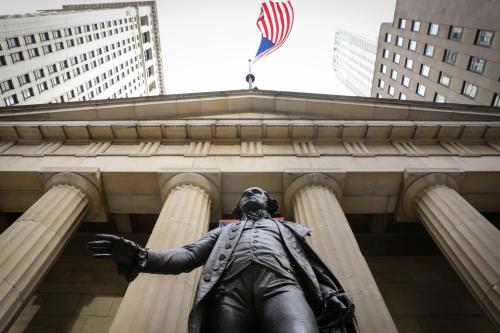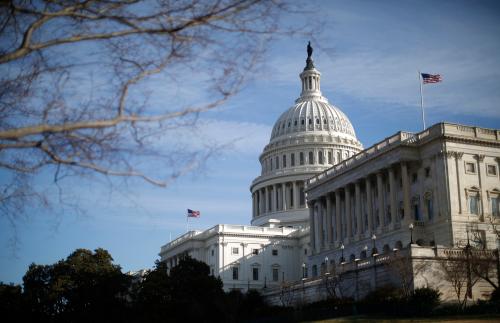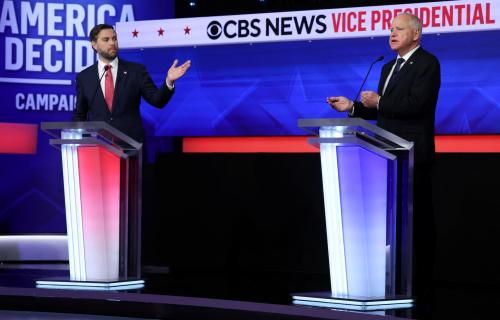The knives are out regarding the two-year budget deal that leading lawmakers of both parties recently announced. Maya MacGuineas, the president of the Committee for a Responsible Federal Budget, said the deal “may be [the] worst in history.” Brian Riedl of the Manhattan Institute excoriated the deal in a piece in the National Review, calling it the “final nail in the Tea-Party coffin,” suggesting that by agreeing to the deal, conservatives are wrongly backing away from their typical deficit concerns.
But all the budget deal would do, essentially, is extend the current level of discretionary spending for the next two years. It would do nothing towards addressing our longer-term fiscal problems, but it would not make them worse either, compared to alternative plausible scenarios.
Here’s some background:
There are, for budgetary purposes, two types of government spending – mandatory programs (sometimes called entitlements) and discretionary programs. Entitlements – including Social Security and Medicare – continue every year under current rules, unless policymakers change the law. In contrast, discretionary spending – including programs like education, research and development, defense, and homeland security – is authorized only for a specified period of time, typically one year.
Back in 2011, Congress set some stiff ceilings on annual appropriated discretionary spending. In February 2018, Congress passed, and President Trump signed, a bill that temporarily raised those ceilings for fiscal years 2018 and 2019. The caps were set to bind again in 2020 and 2021; without a change in the law, discretionary spending in 2020 would have been about 10 percent below 2019 levels.
The budget deal, if it is enacted, would avoid this steep decline and roughly maintain discretionary spending for 2020 and 2021 at current levels, adjusted for inflation and population growth. That is, it would roughly maintain real, per capita discretionary spending.
Here are some numbers: Under the 2018 budget deal, discretionary spending in 2019 was limited to $647 billion for defense and $597 billion for non-defense programs, totaling about $1.24 trillion. Without a change in law, discretionary spending would be capped at $1.12 trillion and $1.15 trillion, respectively, in 2020 and 2021.
The recently-announced deal would set the 2020 and 2021 discretionary spending caps at $1.29 trillion in 2020 and $1.30 trillion in 2021. That is, in nominal terms, they would be higher by 3.5 percent in 2020 and 4.3 percent in 2021 relative to today’s levels.
But adjusted for inflation, the new spending caps would only be 1.1 percent higher in 2020 compared to 2019; in 2021, they would be 0.7 percent lower than today. Controlling for population growth as well implies that real, per capita discretionary spending would rise by just 0.4 percent in 2020 and would be -2.1 percent lower in 2021 than in 2019. As a share of the overall economy, the discretionary spending caps would be lower in 2020 and 2021 under the budget deal than in 2019.
So, no, Congress didn’t solve the long-term budget problem — high and rising levels of federal debt — in this budget deal. It didn’t even acknowledge that such an issue existed. But it hardly seems appropriate to address the fiscal problem by attacking discretionary spending, already at its lowest share relative to the economy since standardized records were kept starting in 1962. In the past, Congress might have more appropriately coupled the deal on discretionary spending with entitlement reform or tax increases, but there’s no political appetite for that right now.
Nevertheless, policymakers did not exacerbate the long-term fiscal problem in this deal either; they just agreed to roughly maintain current spending levels for the next two years.







Commentary
The big budget deal is no big deal
July 24, 2019